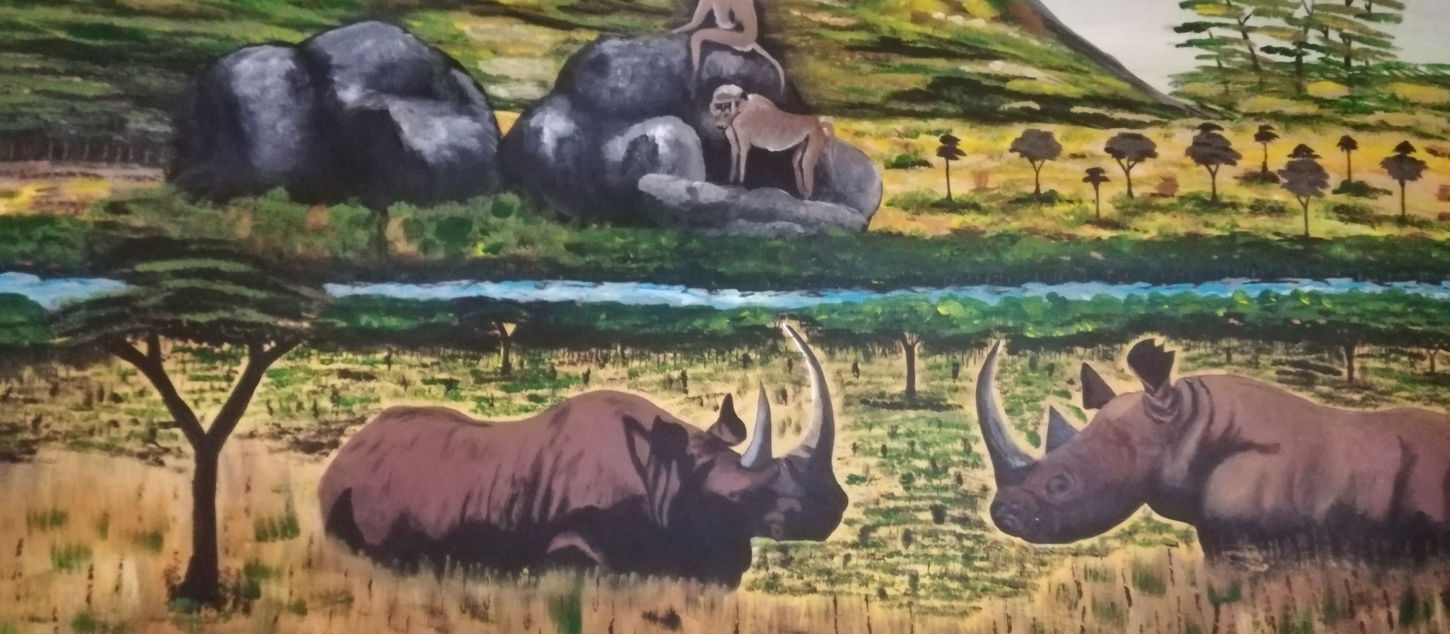ART AND CULTURE
ARTS AND CRAFT
Art always represents something—communicates information—but this something is never represented in its literal shape, sound, colour, movement, or feeling. Among the Kakwa, designs, stories, and artifacts have definite use in day-to-day subsistence activities that are produced primarily for practical purposes or rarely for commercial use. These forms of art are produced and performed in complete harmony with utilitarian objectives. The Kakwa derive pleasure from playfully embellishing and transforming the contours and surfaces of pots, fabrics, wood and metal products. They also recognize and honour the fact that certain individuals are more skilled than are others in making utilitarian objects and in embellishing them with pleasurable designs. Therefore, skilled wood carvers, basket-makers, granary-makers, potters, singers, negotiators, weavers or arrow-makers are all artists.
KAKWA MUSIC AND DANCE
The general name for dancing in Kakwa is gboja (or gboza) (feminine, plural gboja-zi) or yali (masculine). Singing is termed as welo (feminine), and the songs themselves are known as wiri-to or wiri-ta (singular, masculine wiri). In Kakwa society, the social functions of music, song, and dance are viewed in ways such as • bringing prosperity (in harvesting and hunting); • celebrating a wedding; • celebrating a triumphant hunting or defensive/offensive expedition; • averting a calamity (famine, war, disease epidemic, locusts); • honouring Mulete or God; • passing the time, especially when engaging in such routine activities as digging, building, weeding, grinding grains etc; • honouring an ancestor • honouring a first harvest • honouring a dead Mata lo ka (Rain-chief) • recreation.
KAKWA ORNAMENTS
Most of the Kakwa people do not generally adore ornaments except those used by women to enhance their beauty. Girls perforate both lobes of their ears at a younger and tiny metals in the holes. Where there are no rings, they insert well-prepared grasses to keep the holes intact and to prevent infection. This process perforating the ear is known as rumo na suwo (feminine) (literally, "piercing the ears"). In the olden days, women used also to insert small bracelets through the lower lip and had the cartilage of their noses pierced for a ring. However, the most common ornaments for women, have been the colourful and different • ŋaliya (masculine, singular ŋalita) or are beads worn around the waists, ankles, wrists and necks. In addition to the beads, there were the following riye (feminine), most of which were metallic ones worn on the ankles and wrists: • riye nakpe (feminiine) is a collective name for ‘white rings’, such as silver ornaments which were considered of a higher quality and standard;. • riye natoru (feminine) or ‘red metals’ include metals such as bronze, copper and gold, all of are rare in the Kakwa territories.
KAKWA TRADITIONAL GAMES AND SPORTS
There are different ways by which the Kakwa keep themselves fit, strong, healthy or entertained, including farming, dancing, hunting or tree-cutting. However, there are other common recreational activities which are also initiational processes to adult life.













